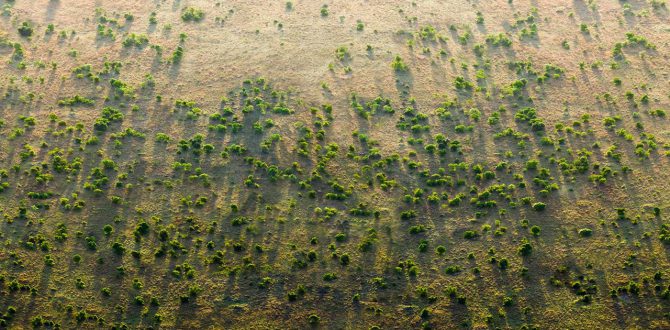
Cameroon last Saturday, June 17, 2017, joined countries the world over to commemorate the 23rd edition of the World Day to Combat Desertification, a day instituted by the United Nation General Assembly in 1994 to raise awareness of the presence of desertification and drought, highlighting methods of preventing desertification and recovering from drought.
Commemorated under the theme “Our Land, Our home, Our future”, this day in Cameroon was marked by tree planting around the water catchment area in Nibum, Nkwen- Bamenda organized by the Northwest Regional Delegation of Environment, Protection of Nature and Sustainable Development (MINEPDED); a general tree planting exercise around CRTV production center and other parts of Yaounde by the Center Regional Delegation of MINEPDED ; and tree planting at the water catchment area of Abonfen Forest beside radio talks and quizzes amongst others. Unfortunately, no report was got of tree planting and sensitization campaign in the Far North Region of the country, where desertification is highly noticed especially given its close proximity with the Sahara Desert belt.
Though the country has over the years put in place different plans and policies to combat the rapid advancement of the desert to this part of the country, the plans or policies either only end on paper or begin and is not sustained due to one reason or the other.
In the early 1970s for example, the country’s pioneer head of state President Ahmadou Ahidjo introduced the Green Sahel project where children of primary and secondary schools were, during the long vacation of each year, transported to the North for tree planting. This move saw the planting of circa 10 million trees in the North while students were given a yearly stipend, which helped them buy school needs. The project undoubtedly turned out to be one of the most successful campaigns against desertification with the impact still being felt today; the North has the highest number of mango variety, thanks to the Green Sahel programme.
This operation was however short lived with many attributing it to mismanagement and lack of funds. Since the programme came to a stand-still, several tree planting exercises have been introduced in this part of the country by both the Cameroon Government and Non-Governmental Organisations. Last July 2006, for example, the Government through the Prime Minister launched the National Aforestation Programme. Two years after, the second phase of this operation was launched by MINEPDED with thousands of trees planted and today the government, through the Ministry of Forestry and Wildlife (MINFOF), is working more with local councils to ensure the planting of trees in respective municipalities. The sustainable management of these trees, however, remains a cause for concern.
As temperatures continue to rise these impacts are expected to become more profound throughout the century. Whilst the north gets hotter and drier with Cameroonians reportedly migrating to neighboring countries or further south in search of arable land, increased temperatures in Southern Cameroon and heavy rainfalls are already inducing widespread flooding in this area.
It is therefore very imperative for the government and other stakeholders to rejuvenate the Green Sahel Programme ensuring the full involvements of students, NGOs and other key stakeholders to aggressively embark on tree planting in all ten regions of the Country most especially in the Far North, North Adamawa, North West And West, which are already witnessing desertification.
B. Shancho Ndimuh







